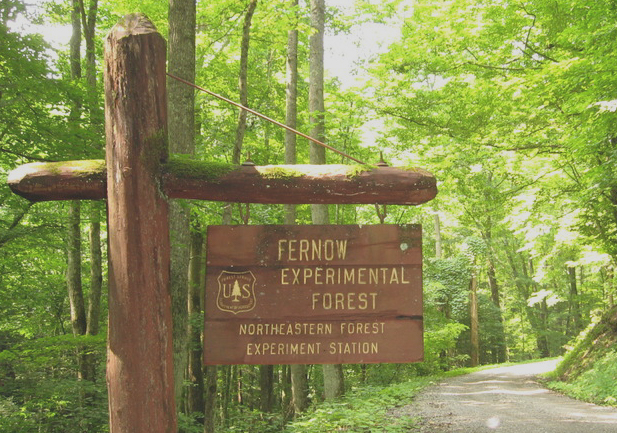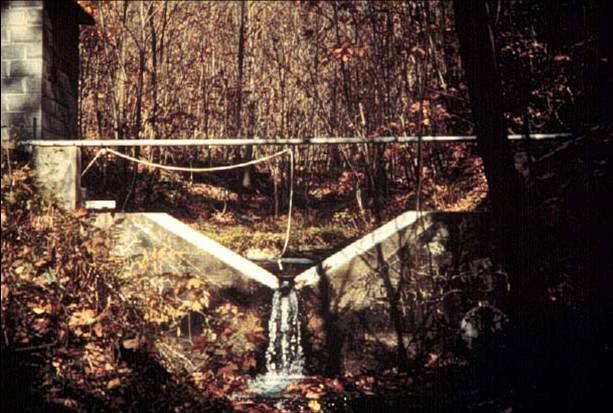
Forest Ecosystems In A Changing World
 The sustainable productivity, health, and biodiversity of Appalachian forests are of increasing concern due, in part, to alterations in the composition and chemistry of the atmosphere that have occurred during the last 100 years. Assessing the impact of altered atmospheric chemistry requires that long-term measurements and experiments be conducted at several different locations in order to accurately detect trends, quantify impacts, identify causal agents, and test current models & hypotheses.
The sustainable productivity, health, and biodiversity of Appalachian forests are of increasing concern due, in part, to alterations in the composition and chemistry of the atmosphere that have occurred during the last 100 years. Assessing the impact of altered atmospheric chemistry requires that long-term measurements and experiments be conducted at several different locations in order to accurately detect trends, quantify impacts, identify causal agents, and test current models & hypotheses.
One research site that is especially valuable in this regard is the Fernow Experimental Forest.
 Why is the Fernow important?
Why is the Fernow important?
The value of data collected at FEF is due, in part, to its location in a heavily forested region that has received some of the highest amounts of acidic (and, consequently, N & S) deposition in the US. As a result, when compared to information from other sites (e.g., Bear Brook, Hubbard Brook, & Coweeta), the biogeochemical data from FEF helps us to more completely characterize the full range of depositional environments found in the US, and may be an harbinger of trends that will become more widespread in the future. Indeed, long-term records from FEF already provide some of the clearest documentation of N saturation in the forests of the eastern US.
Although the long-term data collected at FEF complement similar records at other locations, there are also unique features that deepen our understanding and provide a rigorous test of current ideas. These features include:
(1) the fact that stream-water concentrations of Ca++ and NO3- increased substantially from 1970-1980, whereas those in other locations in the eastern US decreased or increased to a lesser extent;
(2) the lack of major insect defoliation events such as those that occurred at Hubbard Brook from 1969-1971 and portions of mid-Appalachia beginning as early as the late 1980s;
(3) greater inputs of H+, N, S and Ca++ than other well-studied sites and greater declines in the deposition of H+, S, & Ca++ since at least 1979; and
(4) a documented increase in the abundance of sugar maple despite declining populations of this species at other locations in the northeastern US.
Another unique aspect is that long-term monitoring efforts are supplemented with two long-term fertilization experiments - a whole-watershed fertilization experiment begun in 1989, and a Long Term Soil Productivity (LTSP) experiment begun in 1996. Thus, ongoing research at FEF will help us to better document the effects of changing environmental conditions and answer several important ecological questions.